 Museum
Museum  |
Bomber Command
|
Aircrew Chronicles
|
Aircrew Losses
|
Nose Art
|
BCATP
|
Lancaster
|
Media
|
Bomber Command
|
Aircrew Chronicles
|
Aircrew Losses
|
Nose Art
|
BCATP
|
Lancaster
|
Media
 Museum
Museum  |
Bomber Command
|
Aircrew Chronicles
|
Aircrew Losses
|
Nose Art
|
BCATP
|
Lancaster
|
Media
|
Bomber Command
|
Aircrew Chronicles
|
Aircrew Losses
|
Nose Art
|
BCATP
|
Lancaster
|
Media
Museum Collections
Art Collections
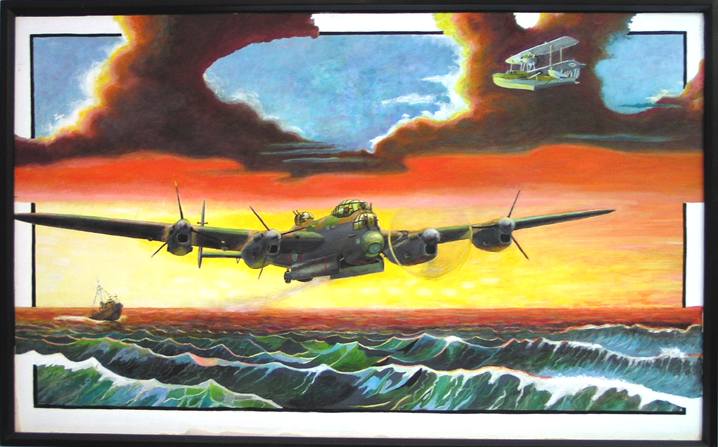
|
Abracadabra Aircrew at Dispersal Home Free |
Lancaster at Dispersal Montage Port Engines on Fire |
Preparing to Ditch The Ju 88 Incident Whathellwuzat |
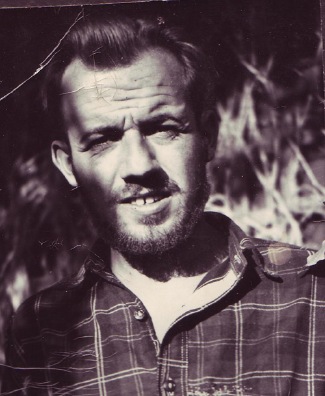 |
Born in Regina in 1924, David Kenneth Mould joined the Royal Canadian Air Force in April, 1943 at the age of seventeen. Initially he trained as a pilot at No. 15 EFTS in his hometown, accumulating 86 hours on Tiger Moth aircraft before beginning training as an air-gunner aboard Fairey Battle aircraft at No. 3 Bombing and Gunnery School at MacDonald, Manitoba. Upon graduation on October 1, 1943, David was posted overseas to No. 16 Operational Training Unit at the Royal Air Force Base at Barford, England. It was at RAF Barford that he "crewed-up" with Sgt. Squibb and experienced an eventful period of training during which his logbook includes comments such as, "Iced up over North Sea - fell out of control - nearly jumped" and on another flight, "Bailed out." On April 28, 1944, the crew continued their operational training aboard the four-engined Stirling bomber at Wigsley. The first three weeks of June were then spent at No. 5 Lancaster Finishing School at Syerston, England. |
Finally the crew was assigned to an operational squadron, No. 49 based at RAF Fiskerton. Their first operation was on July 7 and was noted in David's logbook as a "hot" one. They made two runs over the target that was a V-1 Rocket storage area and David noted, "300 Jerry night-fighter's up" and that he, "saw a triple collision." One of his sketchbooks includes a drawing of a triple collision that is likely based on this experience. Over the next six months, David's logbook records raids to a wide variety of targets and several incidents such as during an operation to Bremen when he recorded in his logbook, "Hot! - Hell burned through - 5 Runs - nearly fell out of turret." F/O Squibb and his crew completed their tour of 28 operations on December 9, 1944 and David was promoted to Flying Officer. His logbook has no more entries. Following his discharge from the air force, David spent time in the army as a paratrooper with the Princess Patricia's Canadian Light Infantry. Later, he cut timber in Ontario and British Columbia and worked as a field officer for the Saskatchewan Forestry Department. He then returned to Regina where he worked as a finishing carpenter with the Royal Canadian Mounted Police at Depot Division and at Fort Walsh. |
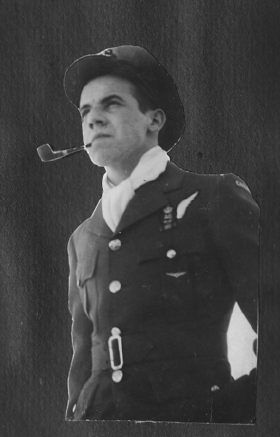
|
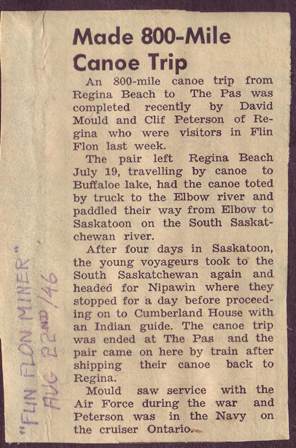
|
It is said that David had an incredible mind that knew no boundaries. He was innovative and had interests in many things from zeppelins, aircraft, snowmobiles, boats and hydroplanes to exploring religions and travelling Canada's waterways. He built a Great Lakes "Sharpy" sail boat and numerous shallow draft vessels upon which he explored the rivers of the prairie provinces. Together with a friend, he completed an 800 mile canoe trip from Regina Beach to The Pas in Manitoba. His knowledge was reported to be limitless and he was a fascinating conversationalist on virtually any topic. David spent much of his time working on various innovative mechanical and structural projects such as a hovercraft sled train for Arctic travel, a fold-up steam-powered canoe, a pedal-powered street cart, and a motor toboggan. He re-designed the Zepelin and made his own plans and improvements to make it work today with updated technology. According to his younger brother Cliff, "Dave's brain was always in motion, engaged mostly in solving mechanical problems and designing. He was a good Canadian who needed to see how things work and why." |
Following his retirement, David pursued his passion for painting -much of his work inspired by his memories of action with Bomber Command as a Lancaster rear gunner. His passion for art and the completion of his series of wartime paintings was sadly cut short when his arms became immobile due to illness. Some remain unfinished and others that were being planned appear to have never been started. David was a long-time supporter of our museum. At his request these unique, spectacular paintings were donated to the museum following his death in 2006.
As well as the finished and unfinished paintings, four of David's sketchbooks were donated to the museum. These contain a large number of drawings and associated notes. Some of the sketches were preliminary versions of his paintings while others were preliminary versions of paintings that he was unable to begin.
One of the pages in David's sketchbook shows six airmen and lists their names. These men must have been David's crewmembers and they are recognizable in many of the other sketches. The names are: Art Squibb (pilot), Ken Campbell (bomb aimer), Tug Wilson (flight engineer), Martin Collins (mid-upper gunner), Herk Ely (navigator), George(?) Evan (wireless operator) and Dave Mould (rear gunner). The name "Hawkins" is on the list as well and it appears that he replaced Herk Ely as navigator at some point.
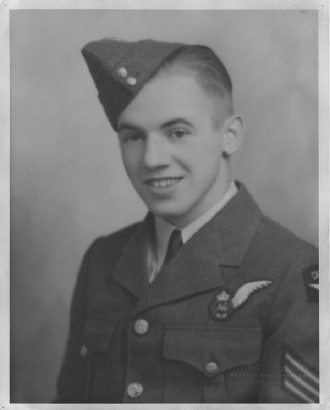
|
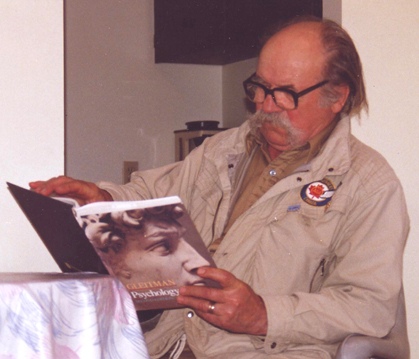
|
Our museum has published 'Hell Burned Through' by war historian and author Susan Raby-Dunne. The book is primarily the story of David Mould, but also of all the "air gunners" of Bomber Command. David didn't write a diary of his war service, but instead illustrated his training and combat operations with dramatic, full-colour paintings and pencil drawings. |
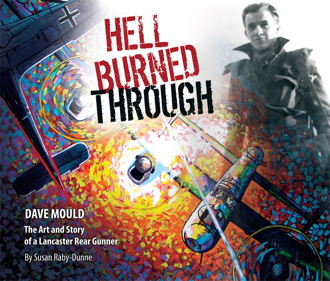
|